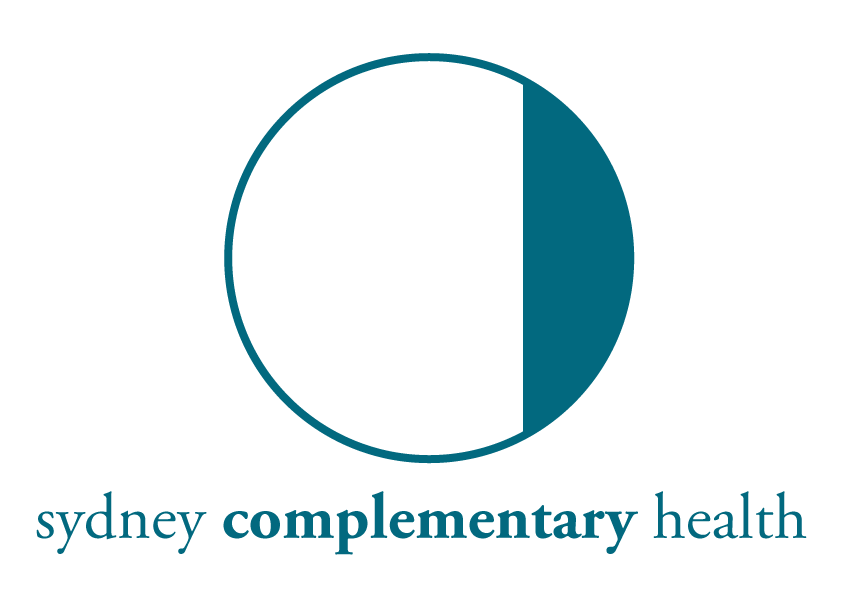I’ve had a bit of a run of patients with problems around the shoulder area. One common cause of this is using the wrong muscles to stabilise the shoulders when using the arms. The scapula (shoulder blade) is highly mobile with bony joints only with the clavicle (collar bone) and humerus (upper arm). The rest of the stabilisation is done purely by your muscles. To get an idea of how mobile a scapula can be, just watch a cat sauntering along – the shoulder moves through quite a range.
When performing tasks with the arms – be that typing on a computer, cutting vegies for dinner, weights at the gym or boxing, the shoulder needs to be stabilised to ensure that the movement is precise and strong. If the shoulder isn’t stable then the arms will be all over the place. One of the key muscles for this is the serratus anterior. It ties the scapula to the ribs and helps to move the scapula forward and to the sides. Also stabilising the shoulder are the trapezius, levator scapula and rhomboids and it’s these I want to talk about today.
Many people, from sitting at a desk or from habit, use the upper trapezius (runs from the upper scapula up the neck), levator scapula (from the inner corner of the scapula up the neck) and rhomboids (inner edge of scapula, running diagonally upwards to the spine) to stabilise the shoulder blade. This has the effect of pulling the shoulder blade upwards towards the head, as well as back. These muscles are easily overloaded and can bring on headaches, shoulder and neck pains as well as nausea and dizziness in stronger circumstances. Next time you’re working away at the gym or cutting stuff for dinner, take a second to think about how you are using your shoulders. Do this throughout your day and see if you can establish a pattern of not over-engaging the upper muscles.
The thing to do if you do find yourself in this pattern is to strengthen the lower part of the trapezius (runs from the scapula down to the middle spine) and the latissimus dorsi, which runs from under the arm to the lower spine and pelvis. Teaching these muscles to engage draws the scapulae down and back and takes pressure off the upper shoulder and neck. At the gym, the exercises that immediately spring to mind are the lat pull-down and the seated row. With pull-downs, you grasp a bar above your head with the hands wider than shoulder width apart. You then raise your chest and pull the bar down towards your chest. As you do so, concentrate on bringing the scapula down and together. This will engage the latissimus but also the lower trapezius. Wide-grip chin-ups also perform this action. The seated row involves sitting and pulling a handle towards the chest. You must again concentrate on sitting up high and squeezing the scapulae together and down to engage the lats and lower traps.
Hopefully this helps some of you to establish some better muscle-usage patterns and avoid a pain in the neck. Bowen therapy and remedial massage can, of course, help turn off those over-engaged muscles.
